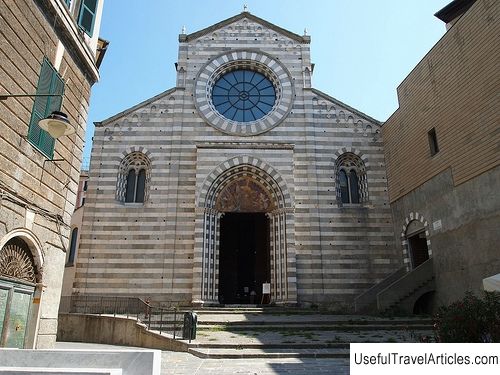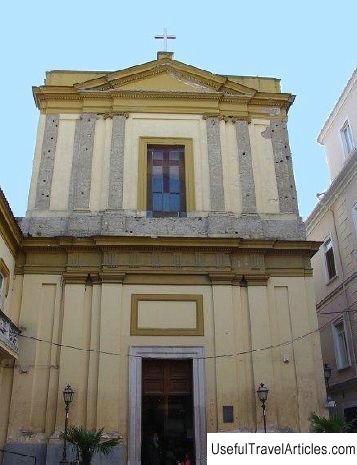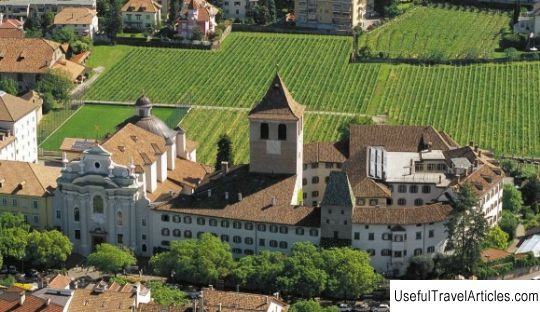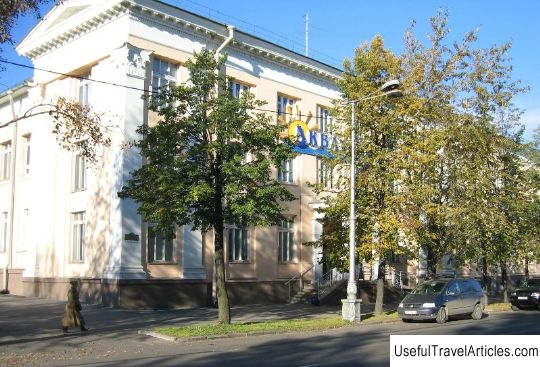Church of Sant'Agostino description and photos - Italy: Genoa
Rating: 8,2/10 (300 votes) Church of Sant'Agostino description and photos - Italy: Genoa. Detailed information about the attraction. Description, photographs and a map showing the nearest significant objects. The name in English is Sant'Agostino. Photo and descriptionThe church of Sant'Agostino, located in the historic center of Genoa and now secularized, is sometimes used for various performances in the nearby Teatro della Tossa. During the bombing of the city during the Second World War, the church was seriously damaged. After the war, it was used for several decades as a repository for sculptures, architectural rubble and frescoes, collected piece by piece in various destroyed churches and formed the core of the collection of the Museum of Sculptures of Sant'Agostino. The church was erected in the second half of the 13th century. monks from the Augustinian order, and was originally dedicated to Saint Thekla. Today it is one of the few surviving Gothic-style buildings in Genoa - most of them were destroyed in the 19th century. It has a characteristic facade with two-tone stripes of white marble and blue stone, with a huge rosette window above the frieze. Noteworthy is the lancet portal with frescoes by Giovanni Battista Merano depicting St. Augustine. On the sides are two double vaulted windows. The interior of the church consists of a central nave and two side chapels, separated by arches that support columns of rough stone. Next to the main altar, you can see a fresco attributed to Barnaba da Modena, depicting paintings of the Last Judgment. This is most likely the last creation of Barnaba, in which traces of the Byzantine style, so beloved by the artist, are clearly discernible. Outside, it is worth paying attention to the bell tower with windows separated by columns, which is crowned with a central spire and four side ones. The church building also includes two cloisters - covered galleries, now included in the Museum of Sant'Agostino. The museum was created in the late 1970s by the design of Franco Albini and Franca Helg. The so-called "triangular cloister" was built in the 14-15th centuries and is adjacent to the right side of the church. The 18th century cloister, rectangular and larger in size, was moved to a new location and completely restored. Perhaps the most important exhibit of the museum is the tombstone of Margarita di Bramante, created in the early 14th century.        We also recommend reading Church of St. Nicholas description and photo - Crimea: Sevastopol Topic: Church of Sant'Agostino description and photos - Italy: Genoa. |





